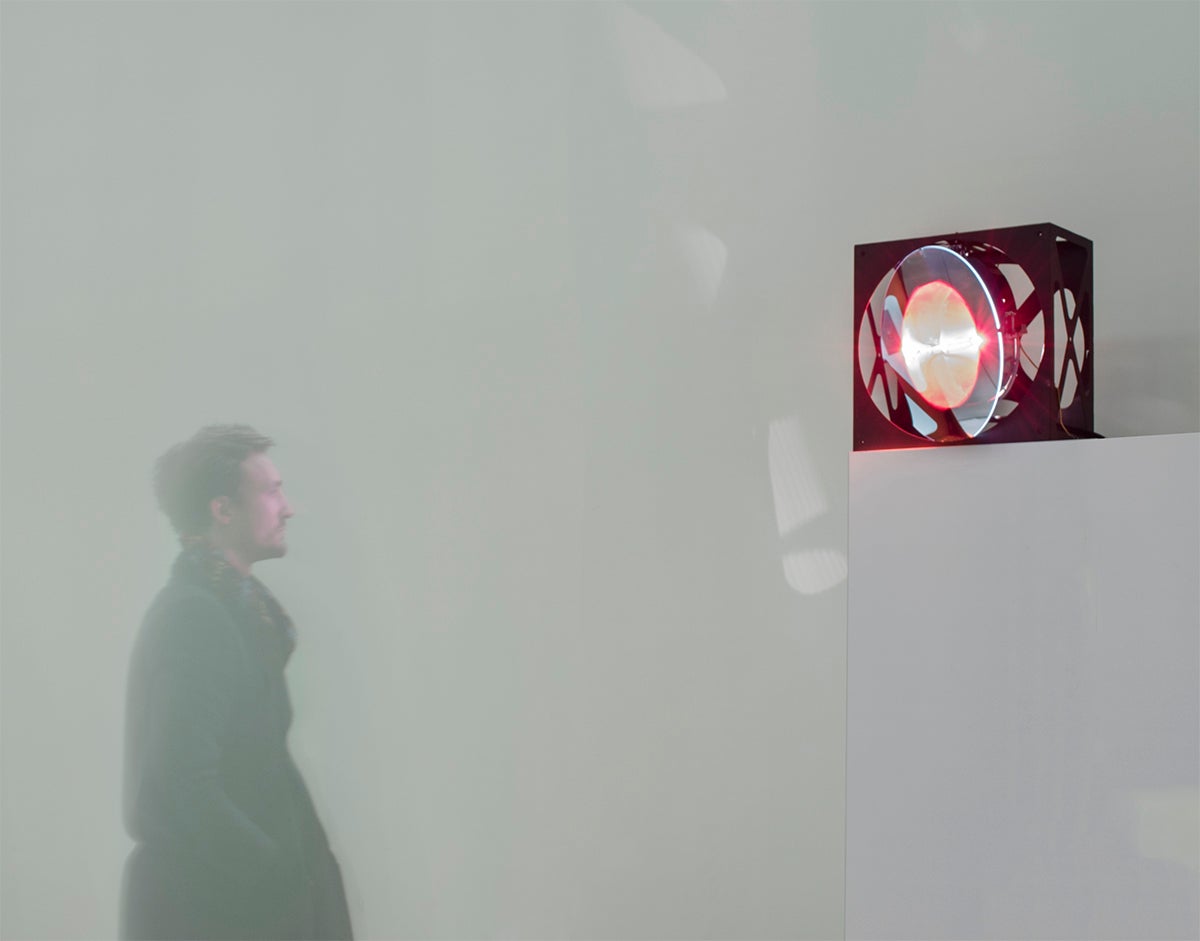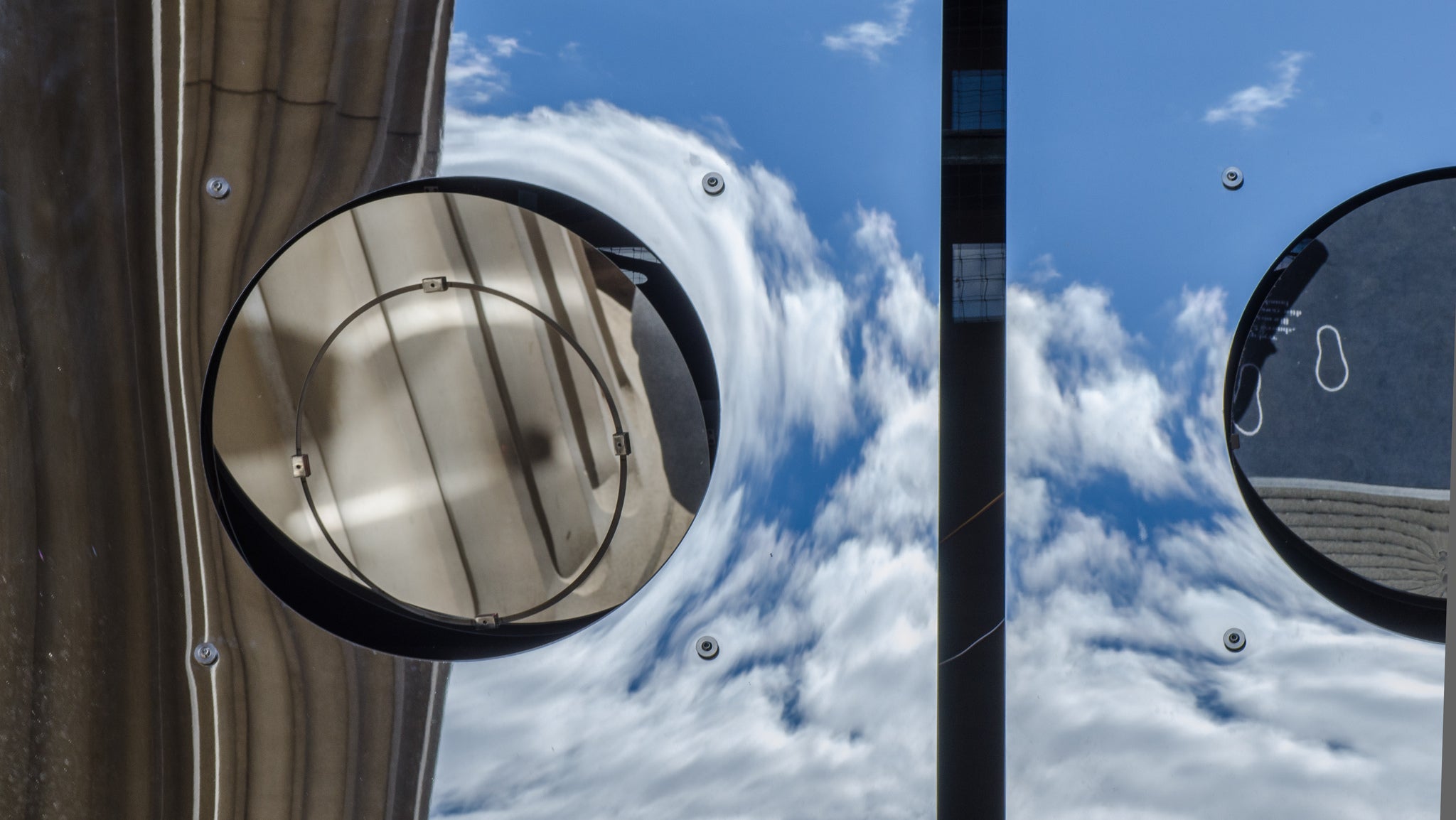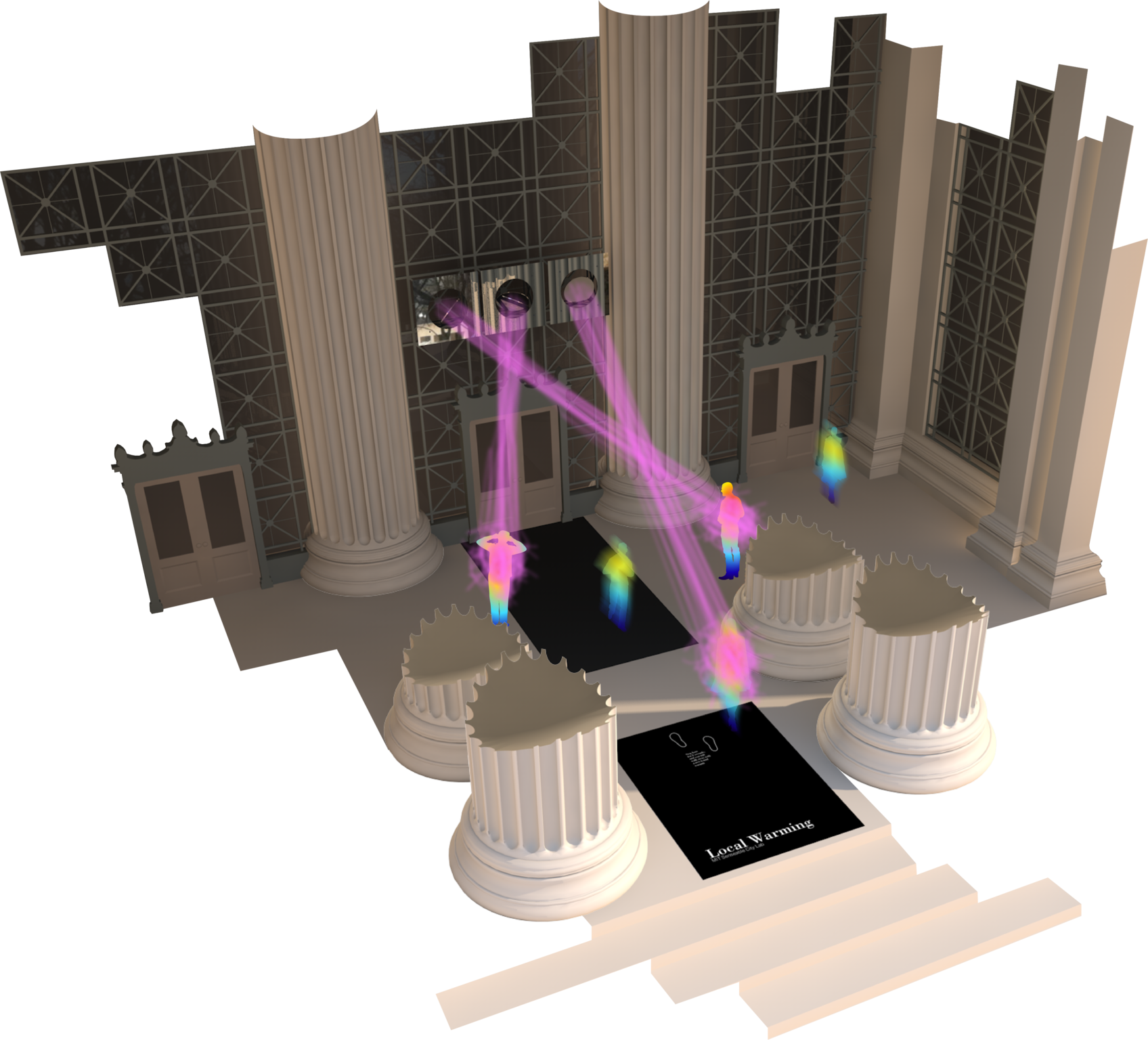Hyper-localized spotlight heaters track you round the room like 'a personal sun'
New invention from MIT could be the perfect solution for heating large commercial spaces

Your support helps us to tell the story
From reproductive rights to climate change to Big Tech, The Independent is on the ground when the story is developing. Whether it's investigating the financials of Elon Musk's pro-Trump PAC or producing our latest documentary, 'The A Word', which shines a light on the American women fighting for reproductive rights, we know how important it is to parse out the facts from the messaging.
At such a critical moment in US history, we need reporters on the ground. Your donation allows us to keep sending journalists to speak to both sides of the story.
The Independent is trusted by Americans across the entire political spectrum. And unlike many other quality news outlets, we choose not to lock Americans out of our reporting and analysis with paywalls. We believe quality journalism should be available to everyone, paid for by those who can afford it.
Your support makes all the difference.A new type of hyper-localized heater could allow big commercial buildings to drastically reduce their energy costs by only warming up individuals – not the whole room.
The Local Warming prototype from MIT’s Senseable City Laboratory looks like a spotlight from a theatre but projects heat instead of visible light in the form of infrared beams.
Motion sensing technology means the heaters automatically follow people around a building so that anyone wandering through that airy public lobby is instantly made “comfortably warm in an otherwise cold environment” (though we can't help imagine using it in our front room as well).
In a press release, MIT says that American commercial buildings account for 20 per cent of the country’s energy consumption – with heating taking up a sizeable chunk of this. “Large quantities of energy are wasted on empty offices at night; dark corners of empty rooms in partially occupied buildings are heated simply because no better solutions exist,” say the researchers.

They continue: “While over time there has been improved retention of pervasive heating through developments in materials and construction, we believe a fundamental shift in climate control strategy towards occupant-localized heating will achieve an order of magnitude improvement in heating efficiency.”
The team behind the heater also note that it blurs “the architectural boundary between interior and exterior”. It’s an interesting thought; if we imagine interior spaces as those that are warm and keep us sheltered from the elements, what’s to stop open spaces with hyper-localized heating becoming more welcoming venues? We might not want an open-roof office, but socializing out in the elements while a personal heater follows us to the bar could be fun.

Speaking to Wired, Carlo Ratti, a professor in the Senseable City Lab, said that although the project was only a prototype, it made sense for spaces where foot traffic was small and unpredictable - like a lobby. "It’s almost like having a your personal sun," said Ratti.
Interestingly this isn’t the first time that MIT has attempted to solve the problem of heating and cooling on a personal level – last year it unveiled a wrist-mounted device that monitors ambient temperatures and uses “thermal pulses” to keep the wearer warm.
Join our commenting forum
Join thought-provoking conversations, follow other Independent readers and see their replies
Comments